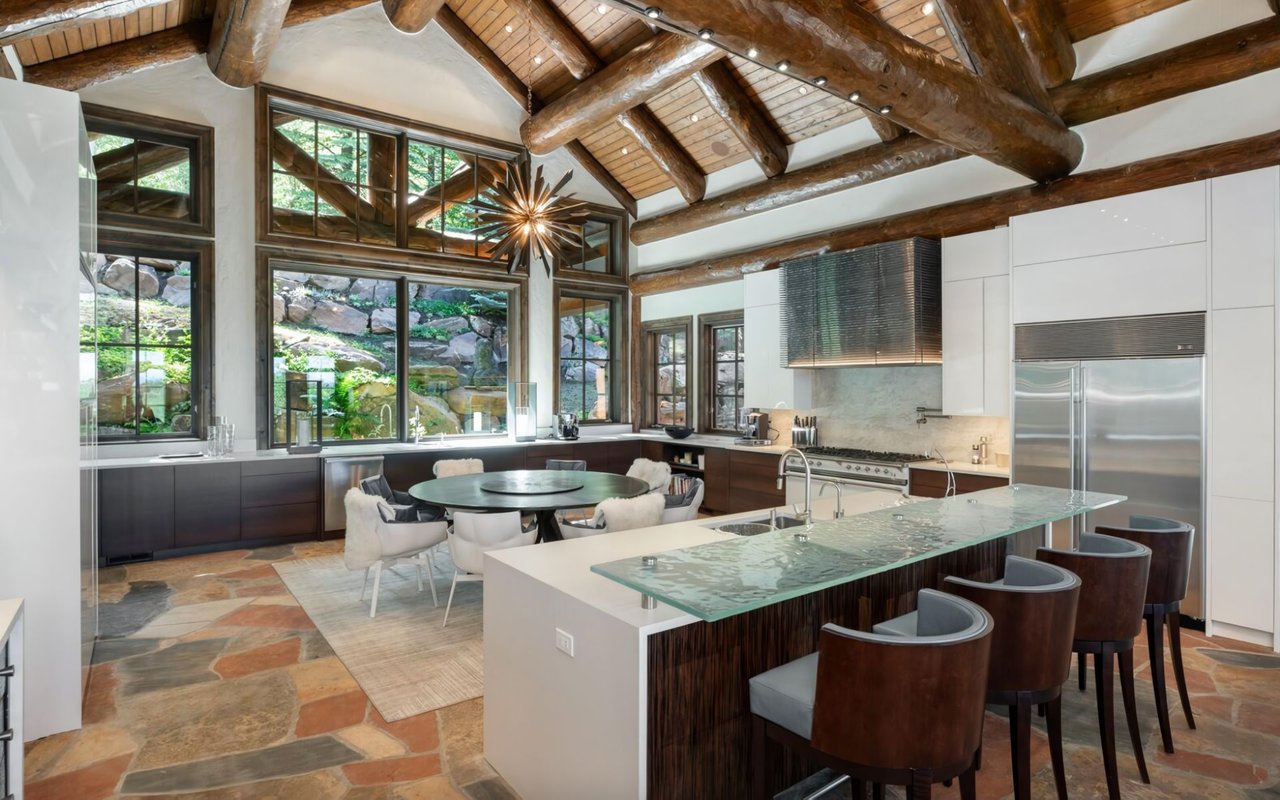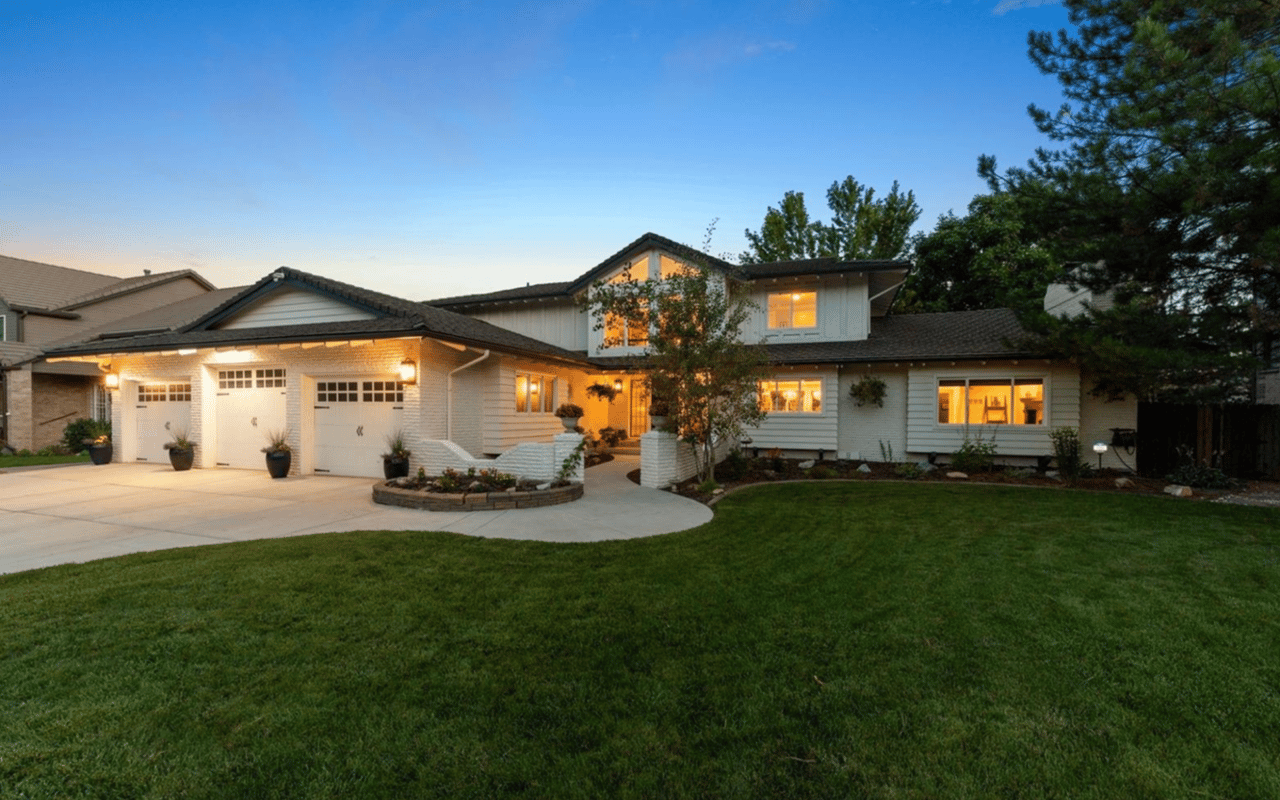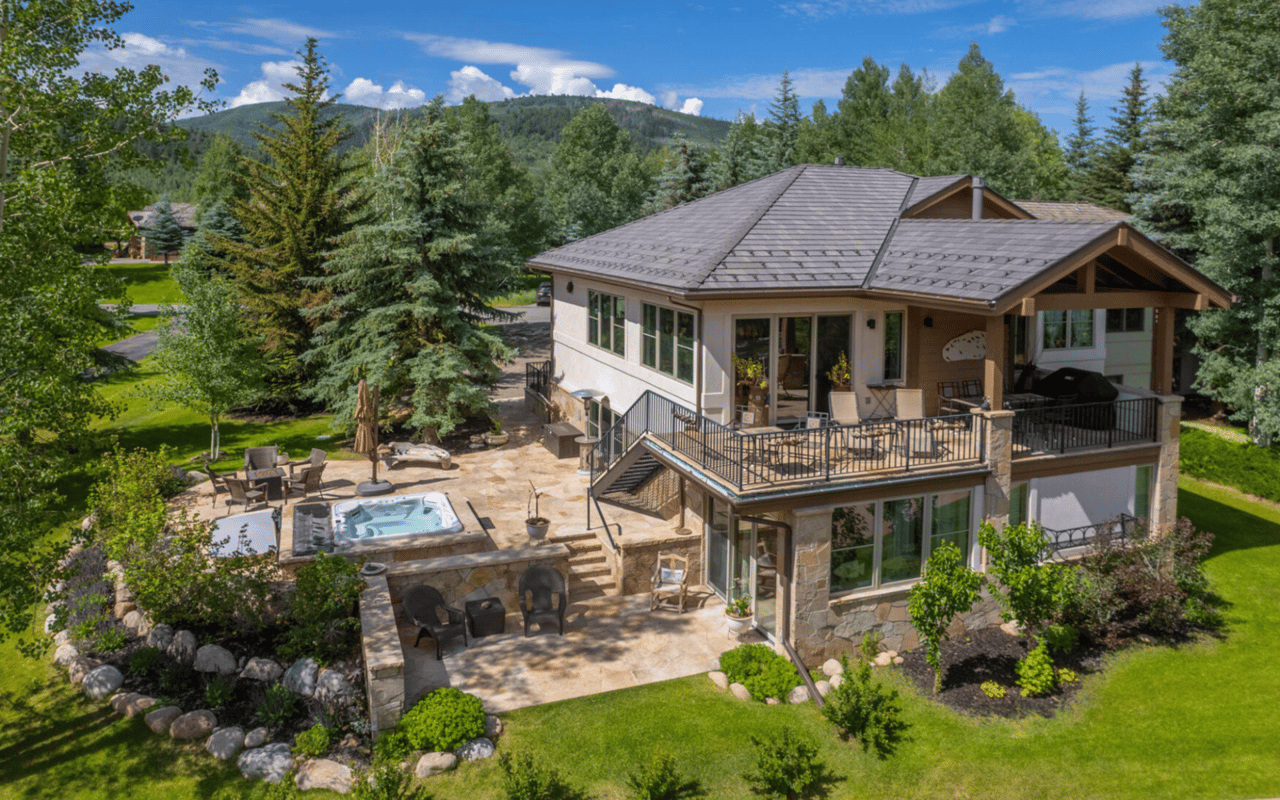When it comes to real estate, location is more than just proximity to work or school—it’s about the lifestyle and convenience a neighborhood offers. Amenities within or near a neighborhood play a significant role in determining property values. From parks and recreational areas to schools and shopping centers, these features not only enhance the quality of life for residents but also contribute to a home’s resale value. For both buyers and sellers, understanding which neighborhood amenities increase home value is essential to making informed decisions in the real estate market.
1. Proximity to Quality Schools
Educational institutions contribute to a neighborhood’s reputation and can create a sense of community among residents. Beyond academics, schools often offer recreational facilities, playgrounds, and sports programs, further enhancing the appeal of nearby homes. Sellers who market their homes as being near quality schools often see increased buyer interest and competitive offers.
2. Access to Parks and Green Spaces
Proximity to parks is more than just a lifestyle perk—it’s a driver of property value. Research shows that homes near well-maintained parks can command higher prices compared to similar homes without such access. These spaces promote a healthier, more active lifestyle while fostering a sense of community, making them a win-win for neighborhoods and homeowners alike.
3. Retail and Dining Options
The presence of trendy restaurants or unique retail stores can also give a neighborhood an edge, creating a vibrant and inviting atmosphere. As more people seek a lifestyle that combines residential comfort with city convenience, homes in such neighborhoods tend to retain and even increase in value over time.
4. Transportation and Commuter Accessibility
Homes located near subway stations, bus stops, or commuter rail lines are typically priced higher than those in less accessible areas. Additionally, neighborhoods designed with walkability and bike-friendly infrastructure attract eco-conscious buyers, adding to their market appeal. Sellers who can highlight a home’s connectivity to public transit or major roads often find it easier to attract offers.
5. Community and Recreational Facilities
Such amenities are not only practical but also contribute to a neighborhood’s vibrancy. Buyers are willing to pay a premium for homes in areas with a rich mix of recreational and cultural offerings, making these neighborhoods highly desirable.
6. Aesthetic Appeal and Neighborhood Character
Buyers are drawn to neighborhoods that exude warmth and community pride. Sellers can capitalize on this by showcasing the beauty and character of their area, whether it’s historic homes, artistic murals, or picturesque landscaping.
7. Emerging Trends and Future Development
While these emerging trends might not immediately affect home values, their long-term impact can be significant. Buyers who consider a home’s future potential often make wise investments, and sellers in these areas benefit from increased demand and higher resale prices.
The amenities of a neighborhood are more than just conveniences—they are essential drivers of home value. Whether it’s access to quality schools, proximity to parks, or the availability of dining and retail options, these features shape the desirability and pricing of homes. For buyers, identifying neighborhoods with the right mix of amenities can help ensure a fulfilling lifestyle and a strong return on investment. For sellers, highlighting these local features can make a property stand out in a competitive market.





